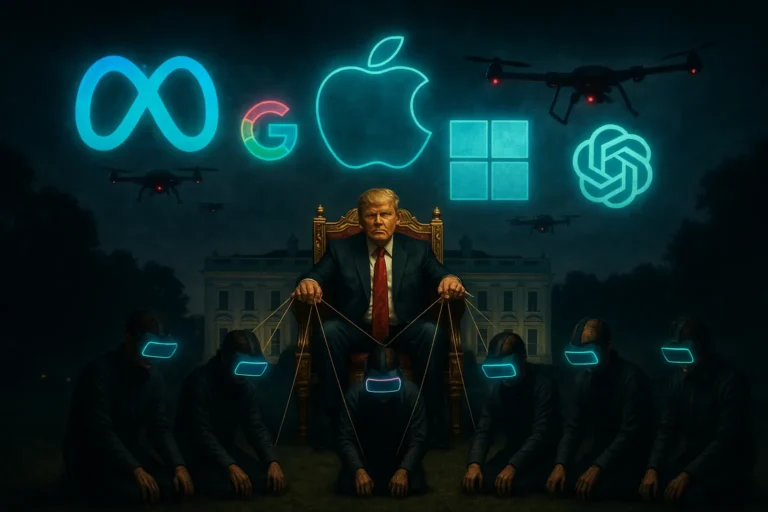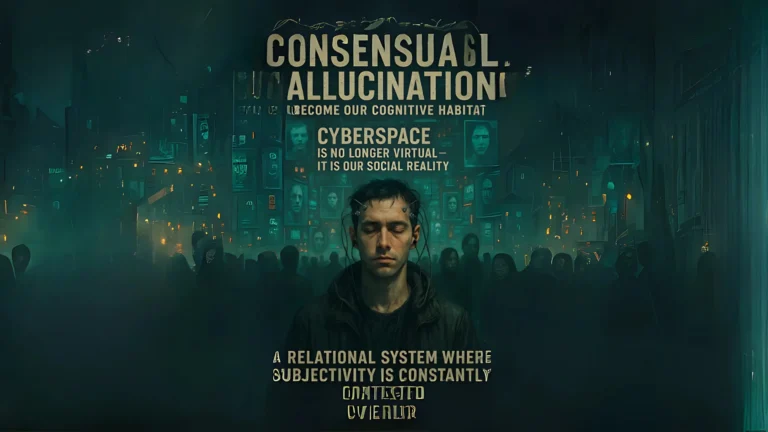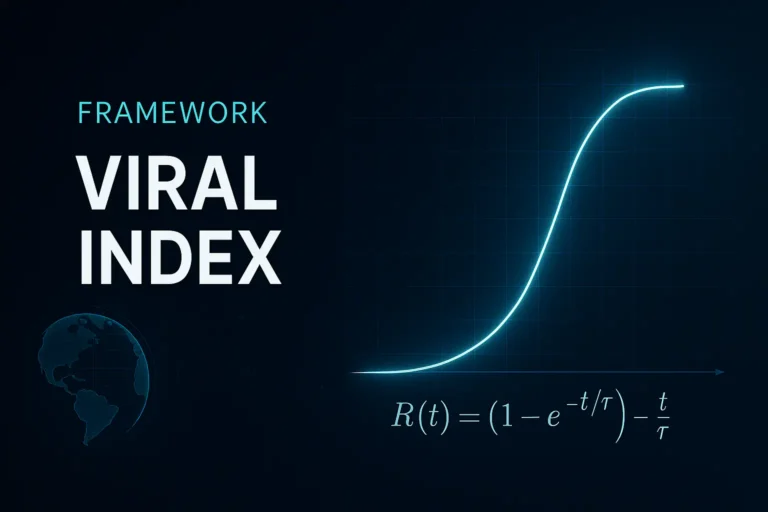Zuckerberg vs Altman: inside the AI bubble
Inside the AI bubble, two visions collide: infrastructure and compute on one side, mission and alliances on the other. Who will truly shape the AI we use every day?
Artificial intelligence is now powering an economic, cultural, and geopolitical transformation without precedent. Yet behind the statements of principle and the rhetoric of a “humanitarian mission,” reality is made of colossal figures, gigantic infrastructure, and billion-dollar alliances. Two figures stand out as real antagonists in this landscape: Mark Zuckerberg, founder of Meta, and Sam Altman, leader of OpenAI.
Theirs is not an alliance but a rivalry that defines the ecosystem: on one side an approach built on tangible infrastructure, on the other a strategy grounded in narrative and partnerships. It’s a confrontation that sets the trajectory of the AI bubble—a phenomenon reminiscent of the dot-com era and, more recently, cryptocurrencies—moments when real innovation intertwined with financial speculation, leaving few winners and many broken promises.
The talent war in the AI bubble: poaching and mission
The first front is people. In recent months, Meta has stepped up recruiting top scientists and engineers with unprecedented offers. According to Reuters, one target is Alexandr Wang, founder of Scale AI, tapped to accelerate the race toward so-called “superintelligence.”
Sam Altman publicly accused Meta of a “mercenary” strategy, citing signing bonuses on the order of $100 million. Meta denied the number, but the contrast is clear: for Meta, talent is an asset to be bought; for OpenAI, it’s human capital retained through a sense of mission.
This dynamic echoes other “talent wars” that shaped Silicon Valley: from the chip-designer race between Google and Apple to aggressive ML-researcher hiring from Baidu to Google. But in AI the factor is double: talent alone isn’t enough—you also need compute. Hence the sector’s mantra: compute per researcher.
Zuckerberg in the AI bubble: infrastructure as assurance
If one trait defines Zuckerberg, it’s pragmatism. The Meta founder speaks less about “humanity” or “historic responsibility” and more about compute and infrastructure.
Meta has announced record investments: between $60 and $72 billion in 2025 alone, with a plan that could reach $600 billion by 2028. The goal is hyperscale data centers and more than 1.3 million Nvidia H100-equivalent GPUs by the end of 2025.
The logic is simple: more compute per researcher means more scientific productivity and stronger pull for top talent. It recalls past infrastructure races: like 19th-century railroads that survived speculative busts because they were tangible assets, data centers are the “iron and steel” of the 21st century.
Not by chance, Meta isn’t betting only on software and social platforms: Ray-Ban Meta Display and EMG neural wristbands are tiles in a broader strategy where the human–machine interface becomes the gateway to “personal superintelligence.” Add to this ongoing talks with Oracle for a $20-billion cloud deal to diversify compute sources—much as Amazon did with AWS, turning cloud into universal infrastructure.

Altman in the AI bubble: mission, alliances, new frontiers
Altman instead builds consensus through narrative: OpenAI doesn’t retain scientists with outsized salaries but by offering the chance to contribute to an epochal shift—the creation of AGI that “benefits humanity.”
Philosophy now intertwines with pragmatism. In 2025, OpenAI introduced its first open-weight models (gpt-oss-120b and 20b) for developers—a tactical opening under pressure from Meta and DeepSeek. Meanwhile, more advanced models like GPT-4o remain closed and API-only to ensure safety and monetization.
The core of the strategy is alliances. With the Stargate project, developed with Microsoft, Oracle, and SoftBank, OpenAI is eyeing investments up to $500 billion. In September 2025, it signed a $300-billion, five-year cloud-computing deal with Oracle—one of the largest tech agreements in history.
In parallel, Altman opens a new front: hardware. With the acquisition of io Products, a startup founded by Jony Ive, OpenAI aims to create consumer AI devices, with a first launch expected in 2026—an Apple-like move to integrate software and design for a cohesive user experience.
Yet a contradiction remains: the “AGI for humanity” mission relies on billion-dollar contracts and compute-intensive features often limited to Pro users. This tension between ethical narrative and economic necessity is now a hallmark of OpenAI’s strategy.
Missionaries vs. mercenaries in the AI bubble: from cathedral to bazaar
The rivalry is often reduced to “missionaries vs. mercenaries,” a lens that deepens when viewed through software history.
In 1997, Eric S. Raymond published The Cathedral and the Bazaar, an open-source manifesto contrasting two visions: the cathedral—closed, centralized, controlled by a few—and the bazaar—open, collaborative, where a distributed community freely fuels innovation.
Today, within the AI bubble, that tension returns:
Meta/Zuckerberg resembles the cathedral. Its strength lies in capital and physical walls: data centers, GPUs, wearables—a top-down, vertically planned model aiming to control the entire stack.
OpenAI/Altman presents as the bazaar: a shared mission, partially opened models (open-weights), distributed alliances, developer and researcher communities. It doesn’t just build products; it tells a story of participation and collective purpose.
The analogy isn’t perfect. 1990s open source was truly bottom-up; OpenAI remains an institutional actor bound to giant contracts and big-tech partnerships. The bazaar rhetoric intertwines with a financial cathedral.
Still, the appeal is powerful: as with open source back then, today the narrative of openness is strategic—differentiating, retaining talent, and building trust amid speculation. In this sense, “missionaries vs. mercenaries” isn’t an objective label but a battle of narratives: Zuckerberg as the architect of infrastructural cathedrals; Altman as the guide of a cognitive bazaar.
AI bubble: diagnosis and strategies
Altman and Zuckerberg agree on at least one point: we’re in the midst of a bubble. Altman says it happens “when there’s a kernel of truth,” smart people get over-excited, and valuations inflate. Zuckerberg doesn’t fear it: like 19th-century railroads that outlived speculative crashes, his data centers would remain a tangible legacy.
The data backs the fever: in H1 2025, U.S. AI funding reached $104 billion, up 75% year-over-year. Yet, according to MIT, 95% of GenAI pilots fail to produce tangible returns.
Hence two playbooks:
- Meta: turns euphoria into physical assets—GPUs, data centers, wearables—that persist even if the bubble bursts.
- OpenAI: converts speculation into consensus and alliances—mission, open-weights, billion-dollar partnerships, and incoming devices.
History shows that after each bubble, a few big winners remain. The open question: will the cathedral’s architect or the bazaar’s leader control the personal-AI platform that decides how we’ll use AI every day?
AI Act & the AI bubble: Europe’s rules of the game
Regulation adds another layer of complexity. The European AI Act, in force since August 2024, sets a tight schedule:
from 2025, transparency obligations for general-purpose models;
from 2026, strict rules for high-risk systems;
by 2027, progressively stronger compliance.
This isn’t just bureaucracy: as with GDPR—born as an EU constraint and later a global standard—the AI Act could also become international scaffolding. In this context, integrating regulation into processes becomes a competitive edge. Meta and OpenAI know it well: the future of the AI bubble won’t be decided only by chips and models but also by governance of regulatory complexity.
Sources (selection)
- Capex/GPUs & compute per researcher: Reuters, TechCrunch, Business Insider
- Poaching & “super-bonuses” (claims/denials): Reuters, Times of India
- Ray-Ban Meta Display & Neural Band: AP News, The Guardian, Reuters
- OpenAI open-weights: OpenAI Blog, WIRED
- Stargate / strategic partnerships: Microsoft Official Blog, Reuters, Oracle Press Release
- EU AI Act timeline: European Commission – Digital Strategy
- “AI bubble” (Altman): The Verge
- Market data H1 2025: Citybiz – PitchBook data, Reuters – Technology







